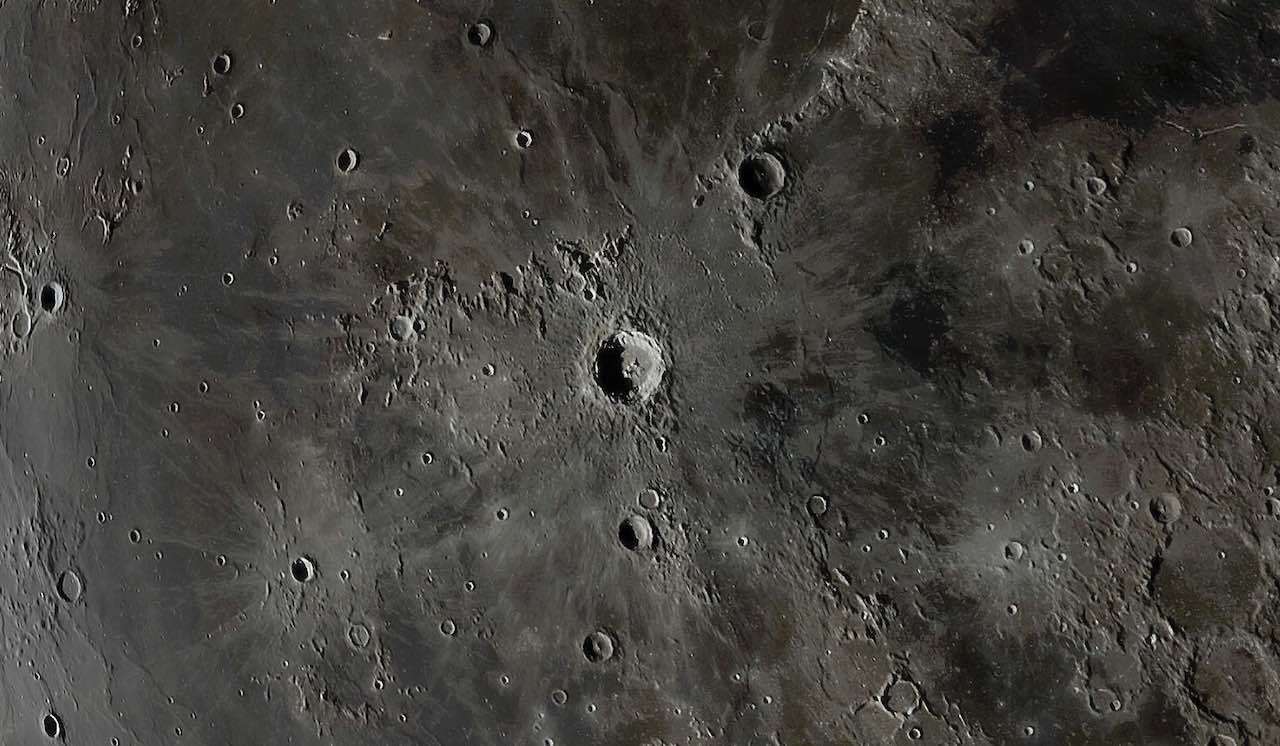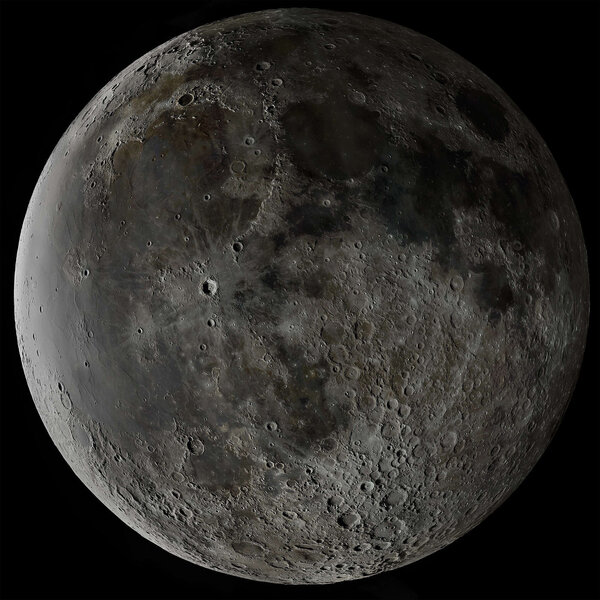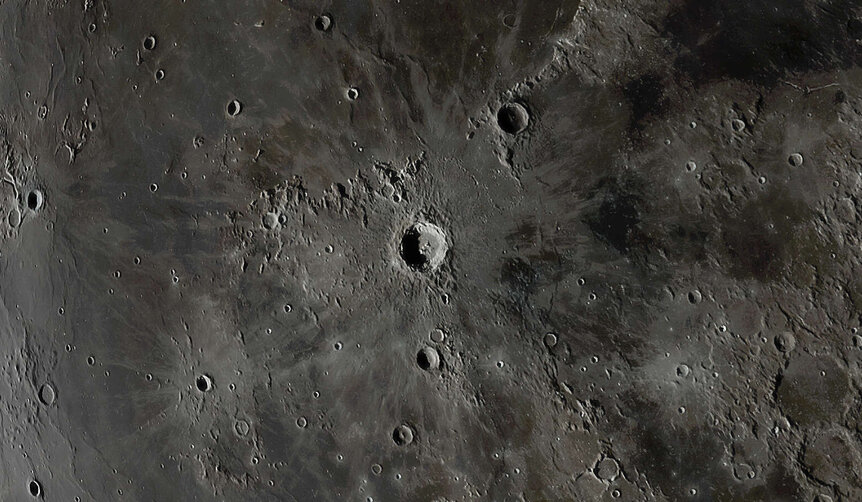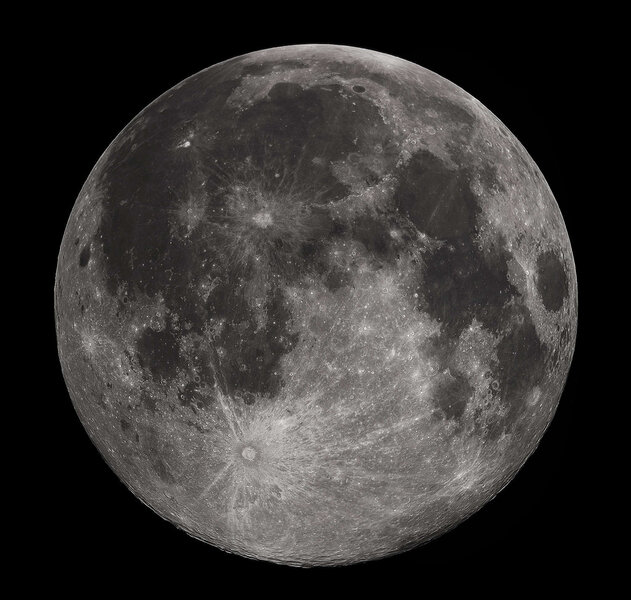Create a free profile to get unlimited access to exclusive videos, sweepstakes, and more!
Terminator: Moon

There is something paradoxical about the Moon. Or perhaps, more accurately, our perception of it.
When it's full it draws the most attention from us. That makes sense; it's brightest, and washes out the stars in the sky as if to draw even more attention to itself.
And while it's certainly beautiful by eye when it's full, ironically through a telescope this may be the least interesting time to observe it. From our viewpoint on Earth, with the Sun directly behind us, shadows on the lunar surface disappear and contrast is lost. Craters become difficult to see and mountains disappear.
Honestly, it's better to view it when it's not full, when it's a waxing crescent or gibbous shape. Then the shadows are visible, throwing the terrain into relief that's much easier to see. The most contrast is at the terminator, the line dividing day and night on it surface, the curve that defines its phase. Standing there it would be sunrise or sunset, and shadows are longest, providing maximum relief on the surface.
This thought gave astrophotographer Andrew McCarthy an idea: What if someone took photos of the Moon throughout its phases as it wanes (goes from full to new), and then cut out the parts of the Moon just on the dayside of the terminator (in this case, where the Sun was setting) for each, and then stitched them together into a mosaic showing the whole Moon this way? What would that look like?
It would look like this:
WOW. That is so cool. Even if you're not familiar with the Moon you might notice this image makes it look craggier, rougher than you're used to, like the contrast has been ramped up. That's because it has! Our brains interpret relief (hills and valleys and such, the vertical aspects of a surface) in part via shadows, and McCarthy's method makes sure that's seen all over the Moon's surface all at once.
The Moon can't look like this in real life, because the terminator only slices across one part of the surface at a time. So by cutting out the parts just west of the terminator (to the left in this sense) over time and then stitching them together, you get contrast everywhere.
Another way to look at it: The features all the way to the right were photographed just after full Moon, while the features in the middle were shot when it was third quarter (in general a week after full), and the features on the left when the Moon was a waning crescent. So as you look right to left you're seeing features photographed at different times, when the Sun was low for that particular spot. In reality, it took a year for McCarthy to get all these shots, taking photos at different phases to make sure the entire face of the Moon was captured at local sunset; he also had to align and map each sliced segment onto a virtual 3D sphere to make sure it all fit together correctly. This was a huge amount of work, and in my opinion it was clearly worth it. What beauty!
Take a closer look at the craters: In every one, the Sun is shining from low to the left. The crater rim throws a shadow onto the crater floor to the right, and the rim on the right is lit by the Sun.
It would be like sunset everywhere at once on the Moon's surface. Impossible! Because the Moon is curved, sunset at one spot is noon at another, and morning on the opposite side, just as it is on our spherical Earth. So again, it takes Photoshop (or its equivalent) to get a view like this.
I have to wonder if flat-Earthers have seen this. This is, more or less, what the Moon would look like if it were flat! We do in fact have some small amount of evidence the Moon is a sphere — as I point out above, the phases from new to full and back again prove that, as well as images from space, and the shadowing, and just basic scientific logic — but of course following evidence isn't exactly the flat-Earthers' strong suit.
I had to scale the image down quite a bit here to fit; the original is a much larger 3415 x 3415 pixels, and is an 11 megabyte file. McCarthy has it available for his Patreon patrons, and he also has a print of it for sale at his online shop.
He also posted it to his Instagram feed (I urge you to follow him there and on Twitter; he has many gorgeous photos of the sky he's taken). This was actually his second attempt at this idea; the first one he did was when the Moon was waxing (going from new to full). He did it for fun, and while the result wasn't perfect it wound up going viral, so he wanted to do it again and make sure it was right.
I think he succeeded. Don't you?





























